The car horn has many purposes for both drivers and pedestrians on the road, in addition to creating noise.
Bicycles, buses, trains, and automobiles can all have car horns installed as a sound-producing device. It frequently sounds like a “honk.” Car horns are used by drivers, motorcyclists, and bicyclists to alert pedestrians and other drivers of their presence or approach.
To draw attention to dangers is another purpose for it. Although car horns merely serve as a means of sound production, they have a number of advantages for both drivers and pedestrians on the road. The significance of car horns and their history are highlighted in this article from Philkotse.com.
I. A look back at the car horn’s history
- Options for early warning signals
Drivers of vehicles have long used a variety of warning signals to notify other users of the road of their presence, impending approach, or potential hazard. Options for early warning signals included bells, hand-squeezed horns, and whistles. Other road users including pedestrians and horse-drawn carriages benefited from these straightforward devices.
But today, as cars continue to travel at higher speeds, it was necessary to use a different tool—one that made a louder sound than a simple bell.

The early 20th century saw the beginning of the hunt for an efficient in-vehicle signaling system. At that time, drivers and car owners may manually notify and warn other road users by using bells, whistles, or sirens.
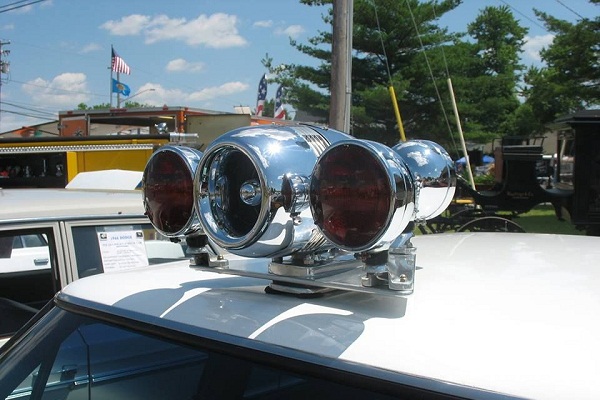
Young inventor Rees Hutchinson worked to make these horns better. He created the Klaxon, a tool that produces a loud, piercing noise and can be driven by either batteries or a tiny hand crank.
Older Ford automobile types like the Model A and Model T frequently used this mechanism. The Klaxon horns were widely used up until the 1930s, when electric car horns started to take their place.
2. Modern car horns
The functions of current car horns have not altered throughout time, although according to Car & Driver, they started to require less electronic magnetic interference and electricity. Anti-corrosive elements that also filter out humidity and dirt are now used in the construction of modern cars to extend their lifespan.
The sounds of car horns have evolved over time. More distinctive tones have been produced by combining two horns that produce two different notes. Fanfare and disc horns are the two primary categories into which the horns of contemporary automobiles fall, according to Car and Driver. Fanfare horns have a deeper, fuller tone, whereas disc horns beep with a metallic sound.
It didn’t exactly fit the car’s rugged muscle exterior, but the Plymouth Road Runner’s distinctive horn managed to attract people’s attention in the 1960s. This horn was different from the standard two-tone sound.
The Road Runner horn produced the same tone and pitch as the cartoon creature by the same name: a high-pitched “beep-beep.” You will notice that the stock horns found in the majority of vehicles produce this sound frequently today.

The importance of car horns
Car horns serve a variety of purposes and are therefore an essential component of any automobile.
- To make other drivers aware of your presence on the road.
In order to prevent crashes, car horns are intended to alert other cars, pedestrians, and other road users that you are nearby. They can also be used to signal to the driver in front of you that you want to pass them.
2. When picking up a passenger.
Car horns are another method of announcing your arrival. Drivers honk to let the person they are fetching know that they are already outside and waiting. It’s very practical to sound the horn to announce your arrival rather than stepping out of the car to ring the doorbell, especially when it’s pouring outside.
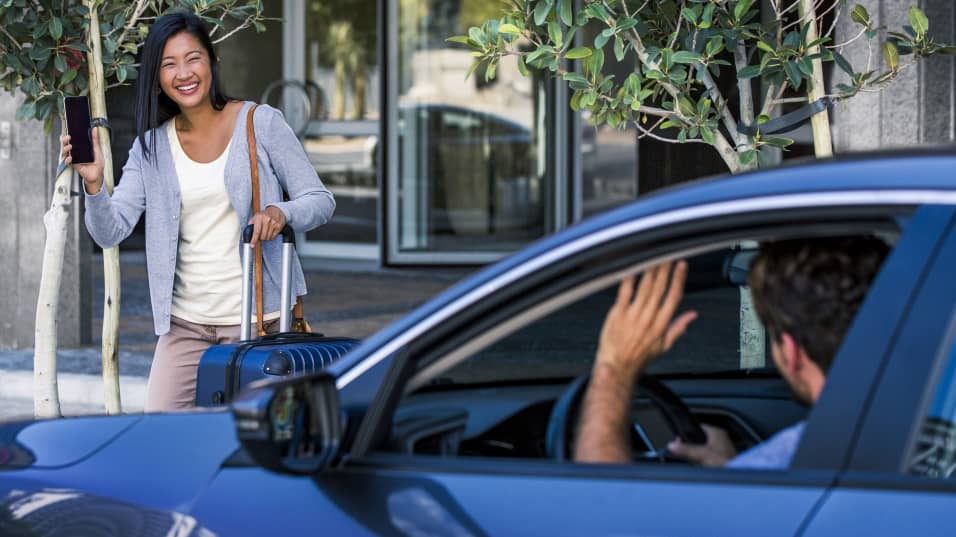
- It is used to urge the driver in front to move forward, particularly at crossroads.
Car horns are frequently used to alert other cars when a traffic signal has changed, especially if they fail to move quickly enough.
While waiting for the light to turn green, drivers frequently check their phones, which keeps them from noticing when the light has changed and it is safe to move forward. Honking at the driver in front of you will let him or her know that it’s time to move.
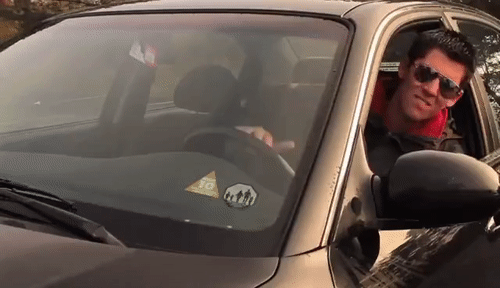
- It is used for backing up.
In many driving schools, using the car horn while backing up is already a common practice. Honking while reversing alerts adjacent individuals to the movement of your car and instructs them to keep their distance. This is crucial because it lowers the possibility of accidents, especially for young children playing in the driveway.
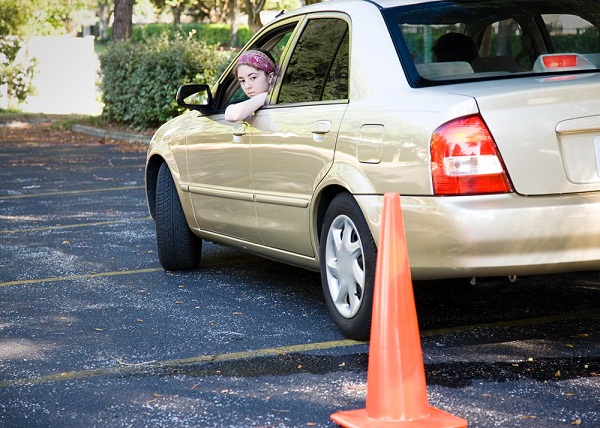
- It serves as a warning to other drivers that your brakes are failing.
When you’re driving, you could run into some unpleasant situations, including when your brakes don’t work, which is really dangerous, especially when you’re in a crossroads. You can honk your car horn at this point.
Try to pump your car’s emergency brake three times while honking, then use the foot brakes one more time. This is meant to assist in regaining adequate braking pressure.
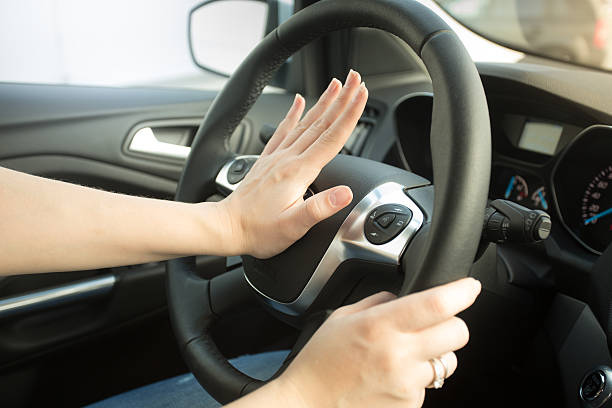
- It is used to signal others to move aside.
When driving in busy locations with plenty of pedestrian traffic, honking signals your desire to pass so the people in the crowd may make room for your car. It acts as a signal to pedestrians to move to the side of the road in case of an approaching vehicle.
Honking is crucial, especially when driving through residential areas or on small roads where a child or adult can unexpectedly cross the road.



